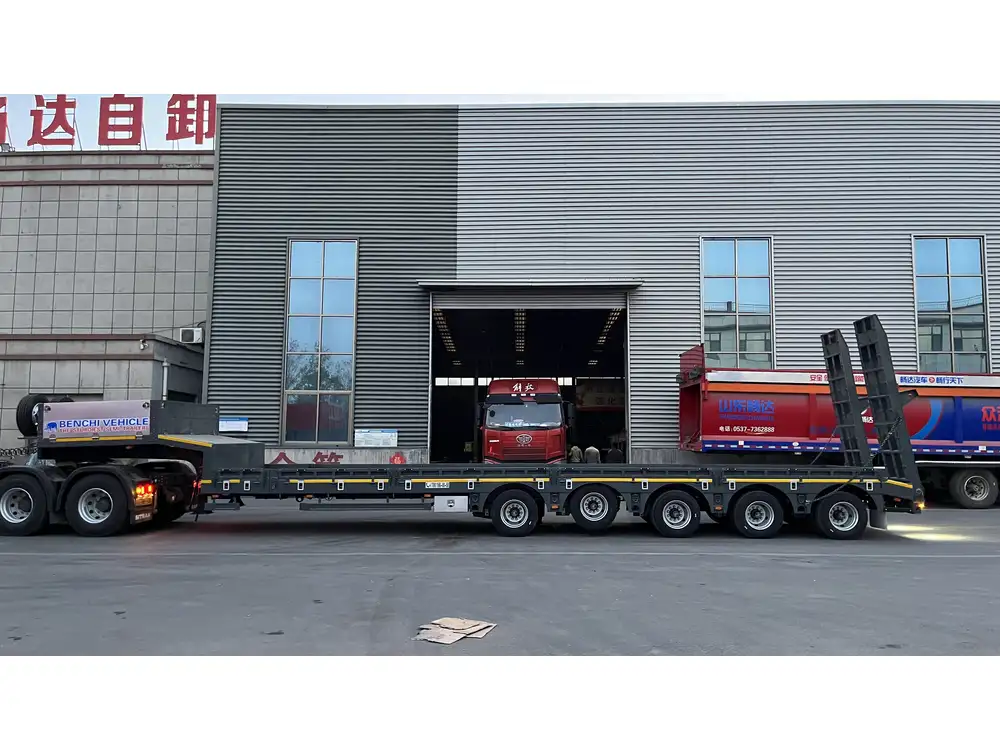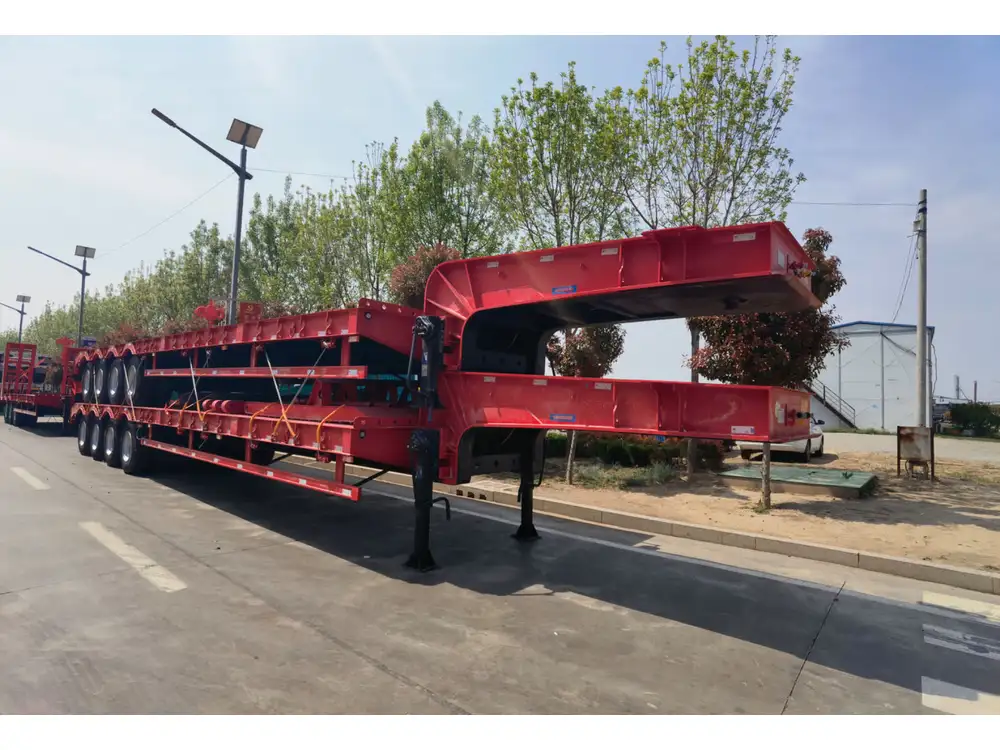When embarking on any hauling project, understanding the capacity of your equipment is paramount. From landscaping to construction, dump trailers serve as indispensable tools for transporting materials, including wood. This guide aims to provide you with an in-depth understanding of how much wood a dump trailer can hold, offering detailed calculations, comparisons, and practical tips to optimize your hauling experience.
Understanding Dump Trailer Capacities
Trailer Types and Their Capacities
Dump trailers come in various types and sizes, each designed for specific tasks. The design and weight capacity can significantly affect how much wood they can carry. Below, we categorize several common types of dump trailers and their respective capacities:
| Trailer Type | Typical Length | Typical Width | Weight Capacity | Wood Capacity (Cubic Yards) |
|---|---|---|---|---|
| Single Axle Dump | 10-14 feet | 6-8 feet | Up to 6,000 lbs | 1-3 yards |
| Tandem Axle Dump | 14-20 feet | 8 feet | 10,000-14,000 lbs | 3-5 yards |
| Tri-Axle Dump | 20-24 feet | 8 feet | 15,000-20,000 lbs | 5-7 yards |
| Heavy-Duty Dump | 24-30 feet | 8-10 feet | 20,000+ lbs | 7-12 yards |

What Influences Capacity?
Several factors influence the overall capacity of a dump trailer regarding the wood it can carry:
- Material Density: Wood density varies. For instance, hardwoods like oak and maple are denser than softwoods like pine or fir. Therefore, a dump trailer can hold different amounts of wood depending on the type of wood being transported.
- Load Distribution: It’s critical to distribute the load evenly within the trailer to prevent overloading any given area, which can lead to instability or tipping.
- Legal Weight Limits: Each state has regulations governing vehicle weight limits on public roads. Knowing these limits helps ensure compliance and safety.
Calculating Wood Volume in a Dump Trailer
To better visualize how much wood a dump trailer can accommodate, it’s essential to convert between weight and volume.
Volume Measurement
When dealing specifically with loose wood, volume is often measured in cubic yards.
Formula for Volume of a Trailer
To determine the cubic volume of a dump trailer: [ \text{Volume} = \text{Length} \times \text{Width} \times \text{Height} ]
Where all measurements should be in feet.

Example Calculation
For instance, let’s assume you have a tandem axle dump trailer measuring 16 feet long, 8 feet wide, and you can load it up to 3 feet high. The calculation for the volume would be:
[ \text{Volume} = 16 \text{ ft} \times 8 \text{ ft} \times 3 \text{ ft} = 384 \text{ cubic feet} ]To convert cubic feet to cubic yards (there are 27 cubic feet in a cubic yard): [ 384 \text{ cubic feet} \div 27 = 14.22 \text{ cubic yards} ]
Thus, this particular trailer can hold approximately 14.22 cubic yards of wood.
Wood Weight Considerations
Understanding the weight of the wood being transported is vital. Different types of wood will have varying weights. Below is a comparative table showing the weight of common types of wood:
| Wood Type | Weight per Cubic Yard |
|---|---|
| Pine | 2,400 lbs |
| Oak | 3,200 lbs |
| Birch | 3,100 lbs |
| Cedar | 2,400 lbs |
| Fir | 2,600 lbs |
Calculating the Total Payload Capacity
To determine how much wood you can actually transport, you need to consider both the volume and weight limits of your trailer:
- Determine Maximum Weight Capacity: A tandem axle trailer generally holds around 10,000 lbs.
- Calculate Weight of Wood: Multiply the number of cubic yards by the weight of the specific wood type.
For example, if you load the above tandem axle dump trailer with pine wood, which weighs 2,400 lbs per cubic yard:
- From our previous calculation, we found the trailer can hold approximately 14.22 cubic yards.
- Therefore, the total weight equals: [ 14.22 \text{ cubic yards} \times 2,400 \text{ lbs/cubic yard} = 34,088 \text{ lbs} ]
In this case, the load exceeds the trailer’s legal capacity. Therefore, adjustments must be made to ensure safe transportation.

Tips for Maximizing Your Dump Trailer’s Capacity
Select the Right Trailer: By carefully choosing the type of dump trailer that aligns with your hauling needs based on its volume and weight capacity, you can avoid overloading.
Load Evenly: Distribute the weight evenly across the trailer to avoid sway and potential accidents.
Consult Local Regulations: Adhering to local weight restrictions will help prevent penalties and ensure you can transport your load safely.
Invest in a Scale: For advanced users, having a weigh scale can help accurately measure the weight of your load before hitting the road.
Use Tarps and Covers: Placing a tarp over loose wood can prevent it from blowing out during transportation, an essential aspect of safety.
Conclusion: Choosing the Right Trailer for Your Needs
In the complex world of hauling, knowing how much wood a dump trailer can hold is crucial for efficiency and compliance. With careful consideration of the type of wood, accurate calculations of volume and weight, and adherence to safety protocols, you will ensure successful transportation of materials like wood. Understanding these parameters will not only enhance productivity but also prolong the life of your equipment.
In essence, it’s not merely about how much wood you can physically fit into a trailer; it’s about safely and effectively mobilizing your assets to achieve your project goals. By investing time in understanding your equipment’s capabilities, you’ll be better positioned to tackle any hauling challenge.



